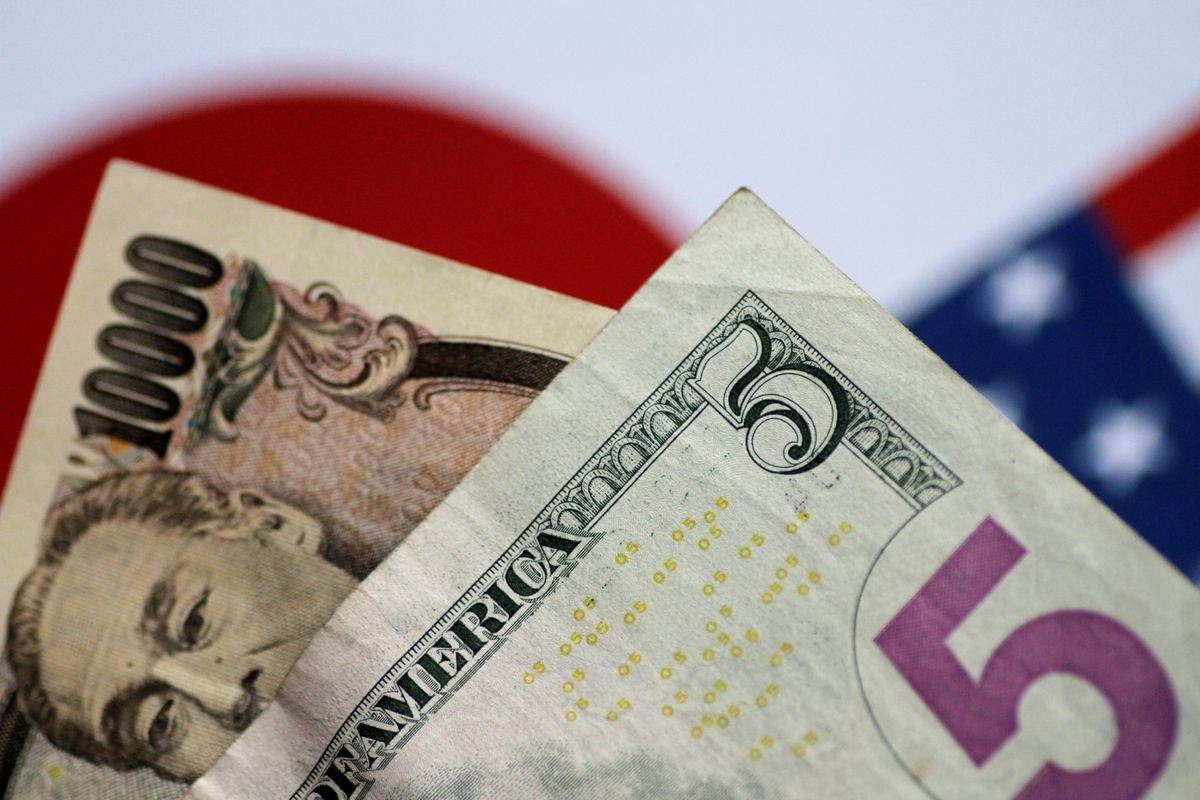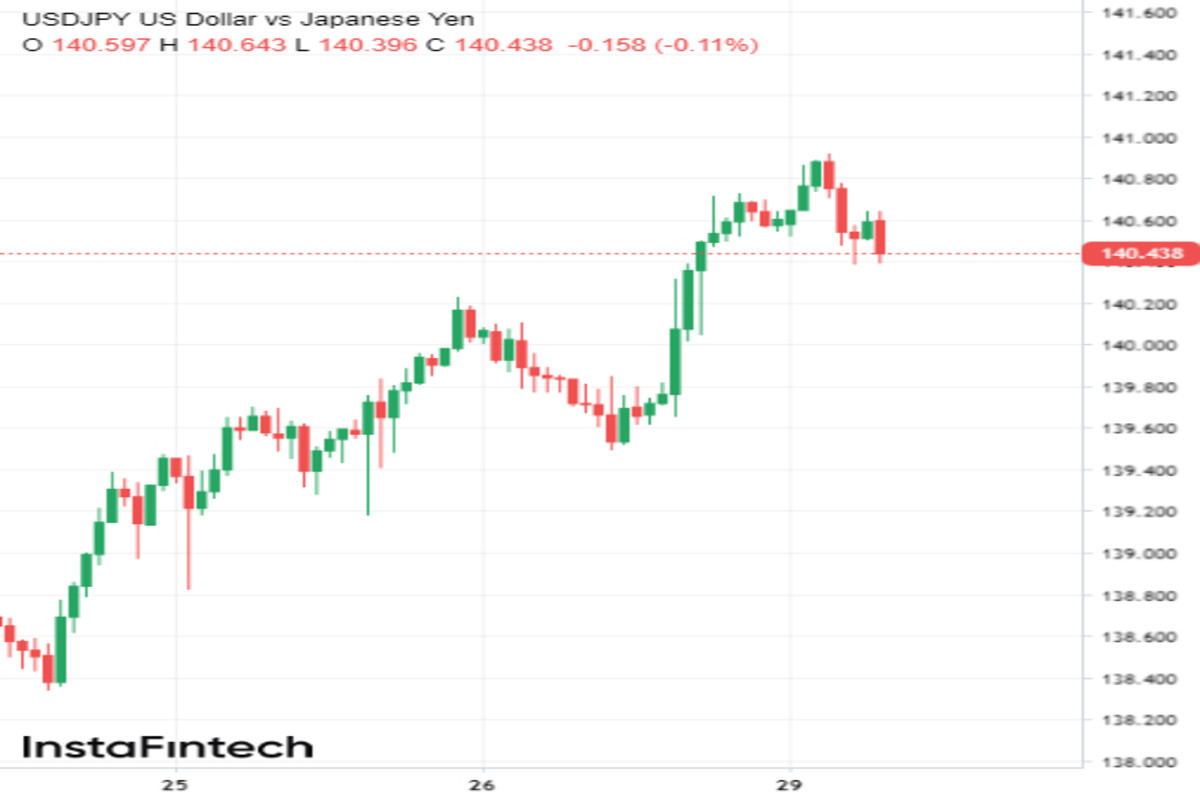
Greenback has developed a full-blown rally. Last Friday, it significantly accelerated against the yen and does not seem to be slowing down. This week, analysts predict another surge in volatility for the USD/JPY pair. What will drive the major currency pair and what highs can it reach?
USD spreads its wings
It seems that the US default issue is about to be resolved soon. On Sunday, the White House announced that President Joe Biden and Speaker of the House of Representatives Kevin McCarthy had reached an agreement to raise the national debt ceiling and submitted a draft decision to Congress for approval.
If lawmakers approve the draft in the coming days, the US national debt limit will be increased. This should save the country from bankruptcy and a potential economic crisis.
The fact that the US could avoid a recession eased investors' fears of a slowdown in the global economy. Against this backdrop, risk sentiment returned to the market, which slightly weakened the US dollar.
On Monday morning, DXY sank against a basket of major currencies by 0.05% to 104.15. Analysts attribute the current resilience of the greenback to a rather powerful hawkish support.
Last week, traders received a lot of arguments in favor of further rate hikes in the US, which forced them to change their forecasts for future monetary policy.
Investors are currently evaluating the likelihood that the Fed will again raise borrowing costs by 25 basis points at its June meeting at almost 70%. For comparison, a week ago, it was just 17%.
Also in recent days, many market participants have been betting that the Fed will not soften its monetary policy this year as it was previously assumed.
What strengthened the confidence of investors in the US regulator's plan for further tightening? First, a series of hawkish statements by members of the US central bank. Last week, several Fed officials made it clear that they do not expect rate cuts before the end of the year due to sticky inflation.
Secondly, a rather optimistic economic environment contributed to investor optimism. The latest macro data showed that the US economy is still firmly on its feet, despite the prolonged tightening of monetary conditions in the country.
In May, business activity in the US improved significantly, and GDP for the first quarter came in higher than expected.
But the most compelling sign of a resilient US economy for investors was the growth in real consumer spending released on Friday.
The release showed that in April, the PCE price index rose by 0.4% against the preliminary estimate of 0.3%. Experts warn that higher consumer spending is fueling inflationary pressures.
Given this risk, many traders believe that the Fed may decide to take another round of tightening in June before pausing the rate hike.
The fact that US rates could rise even more is a strong tailwind for the US dollar, especially when trading against the Japanese yen, which continues to suffer from the BOJ's dovish policy.

For your reference, the interest rate in Japan is currently -0.1%, while in the US, the cost of borrowing is in the range of 5-5.25%.
Increased hawkish expectations pushed USD/JPY to a new 6-month high of 140.61 last week and strengthened it by more than 1%.
As for the monthly dynamics of the major, it has soared by 3% since the beginning of May. This is the best result of the US dollar trading against the yen this year.
Meanwhile, many analysts see the potential for a further rally in USD/JPY. Moreover, the next jump of the major is expected this week.
What can drive USD higher?
Strange as it may seem but one of the springboards for the US currency in the short term may be the approval of the debt ceiling by the US Congress.
If the US manages to meet its debt obligations, this will significantly minimize the risk of a recession in the country and around the world, which will certainly lead to a recovery in risk assets.
But we should not forget that this will be a solution for the United States itself. Now that the Fed continues to struggle with high inflation, it really needs strong support in the form of a stable economy.
If fears of a recession cool down noticeably in the near future, traders will have no doubts about further monetary tightening by US lawmakers. This will lead to a rise in the US dollar in all directions, including the dollar/yen pair.
Also, hawkish expectations this week will most likely be fueled by Fed representatives (Thomas Barkin from the Richmond Fed, Patrick Harker from the Philadelphia Fed, and Federal Reserve Board Governor Philip Jefferson).
Given the recent comments by FOMC members, many analysts expect the aggressive rhetoric to continue. If their forecasts come true, the US dollar will rise across the board, with the most advance against the yen.
Volatility in the dollar-based majors is expected to increase at the end of the working week when the May release on US employment will be published.
Now, most economists predict an increase in the number of people employed in the country's non-agricultural sector by 180,000 against an increase of 253,000 in April.
Perhaps the May data will show a slowdown in hiring but this is unlikely to calm the Fed. The cooling of the jobs market is going much slower than previously expected, so the regulator still has room for further action, according to Bloomberg Economics.
If we do not see sharp negative dynamics in the US labor market, this may increase the likelihood of another tightening cycle in June. In this case, the greenback dollar will show large-scale growth, with the yen being the main loser.
To summarize the forecasts of leading analysts, one can see that the Japanese currency has almost no chance to strengthen against the dollar this week, as expectations of further hawkish moves from the Fed outweigh speculation about a possible change in the policy of the Bank of Japan.
However, growing fears about an increasing difference in monetary conditions between the US and Japan are not the only obstacle in the way of JPY.
The yen will continue to weaken as the Japanese stock index Nikkei is gaining momentum. Also, the outflow of funds from safe-haven assets amid waning fears of a global recession may also contribute to the yen's decline.
"If dollar bulls manage to take USD/JPY above 141 in the near term, their next target will be the level of 142. This will open the way towards the 145 area," analyst Christopher Lewis predicts. – Short-term pullbacks would be a good buying opportunity as the 138 level is now a "hard bottom." In fact, this is the top of the ascending triangle which the pair has just left.





















